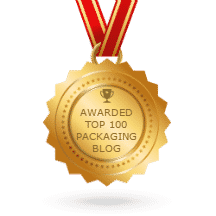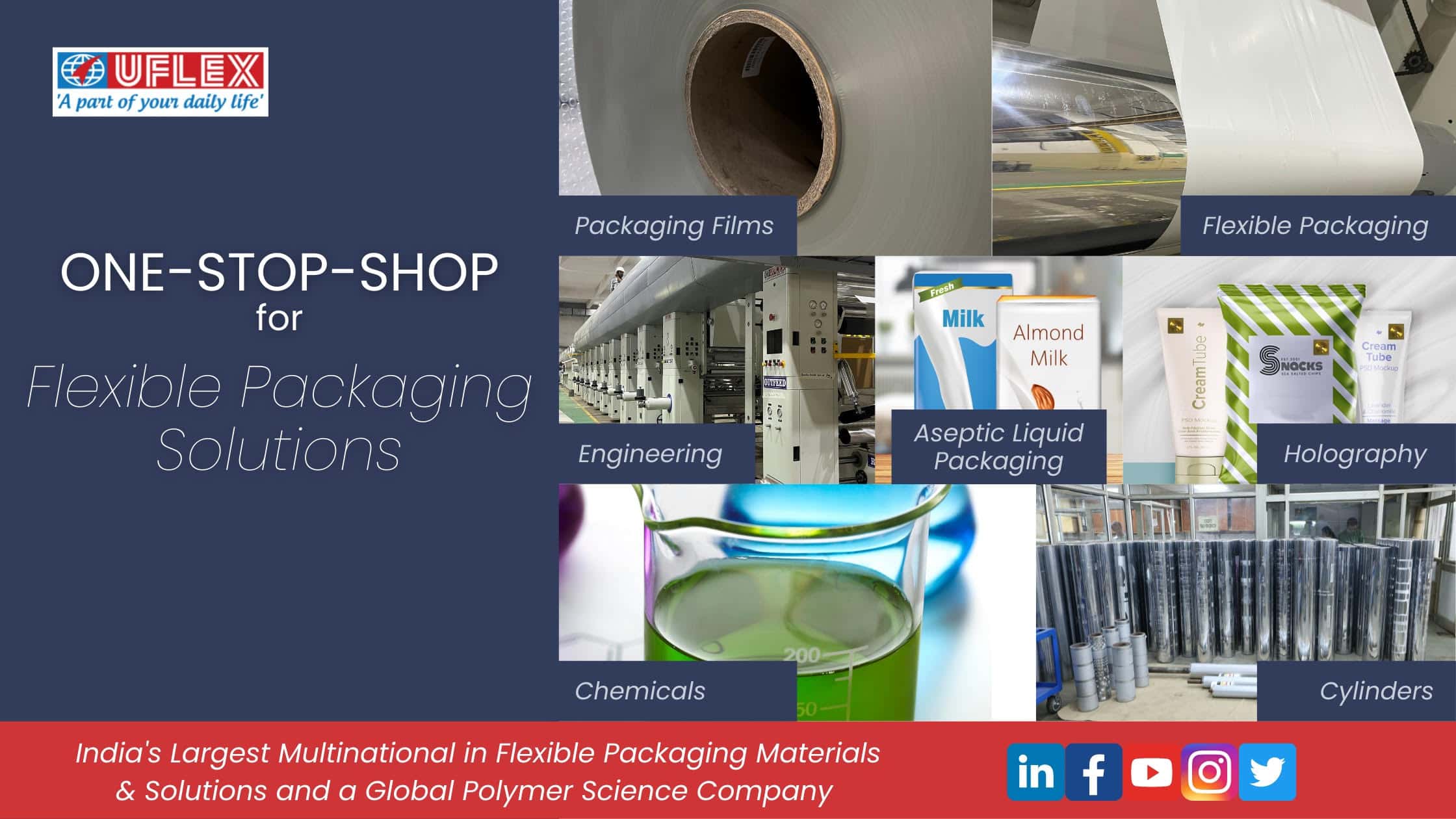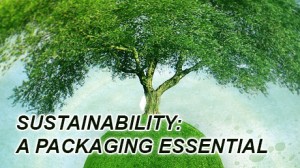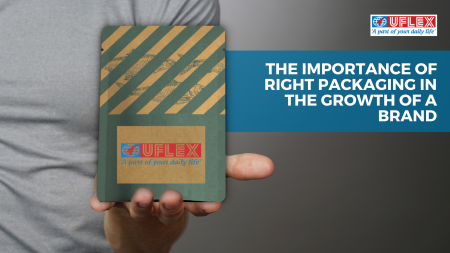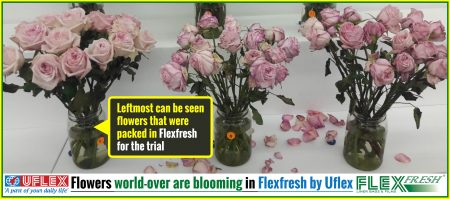Packaging Sustainability is being looked at with much interest and seriousness by manufacturers, brands and consumers a like. In fact this has changed the sheer way in which the manufacturers and brands are putting forth the packaging proposition. Today, Packaging is appreciated as a key source for brands to display and communicate their sustainability credentials to their consumers. Since packaging is inalienable to the overall product experience, it finds a special place in the sustainability narrative.
In the present day and time, responsible and recyclable packaging has become a rule rather than a norm.
Growth of Sustainable Packaging
Sustainability has been shaping consumer perceptions and preferences. Sustainable packaging is no longer seen as merely a value added feature. In fact, as a natural extension to a brand’s personality, sustainable packaging is all poised to be a game changer. Consumers are placing sustainability high up in the list of must-haves. This shift extends to all aspects of a company’s operational and manufacturing processes. It is imperative for manufacturers to establish their environmental practices in a strong and transparent manner.
With packaging being the visual aspect of the brand on the market shelves and serving as the last point of contact between purchaser and brand, it deserves special attention and must be designed to emphatically showcase their concern towards the environment in a clear, attractive and informative manner.
According to a recent report by Markets and Markets, the sustainable packaging market will be worth USD 303.60 billion by 2020.
Flexible Packaging and Sustainability
With flexible packaging being in high demand especially in the FMCG sector, sustainable packaging has in fact increased the demand for flexible packaging as it is lighter, economical, and convenient and can be modified into the shape of choice, further demonstrating other functional benefits like re-sealability and closure.
Flexible packaging begins its lifecycle with much less waste which mean a reduction in landfill discards and lesser energy for disposing off. Innovations and an evolving technology allow flexible packaging manufactures to produce packages with much lesser strain on natural resources. Flexible packaging requires much less energy during manufacturing, transportation, storage and disposal when compared to rigid packaging. This translates to reduced water requirement and lower energy consumption, greenhouse gas emissions and other volatile organic compounds. The approach towards sustainability offers a competitive business advantage that manufacturers should not lose sight of. Good environmental performance and business value when working in tandem create great brands.
Sustainable Innovation at UFlex
India’s largest global flexible packaging solution company UFlex, is a trendsetter when it comes to sustainable innovation and commitment towards the ‘Circular Economy’. Upholding its pledge for mother earth, UFlex incessantly innovates to produce eco-friendly flexible packaging solutions that are re-processable and hence leave lesser carbon footprint.
UFlex has developed a technology and set up a plant for reprocessing the waste arising out of production of various flexible packaging products. This helps in reduction of material waste at the landfills.
Light weighting is the governing axiom for all product innovations at UFlex. Some of the very many green product initiatives by UFlex are GREENPET films that are made of PTA and Green MEG resin. While PTA is manufactured from the oxidation of p-xylene, GREEN MEG is manufactured from ethanol obtained from agro based source. This film does not contain any MEG which is conventionally made through the crude oil route. Similarly rPET films are made from post-consumer Waste Recycled (PCR) Resin which refers to material previously used by consumers and again recycled to use in a new product. rPET contains up to 30% of PCR resin obtained by tertiary chemical glycosis route. All these packaging films are used in the production of flexible packaging products.
UFlex has developed world’s first 8 micron plain/heat-sealable BOPP films, 6.5 micron BOPET films and heat-sealable 12 micron metallized BOPP films that are suitable for printing and lamination. These run at the same speeds during conversion as conventional higher thickness films and provide significant source reduction ranging from 33% to 47%. These films have a much lower carbon footprint than the substrates they replace.
Thus socio-environmental responsiveness is one of the core strengths of UFlex that imparts competitive edge to the organisation in the global market.
